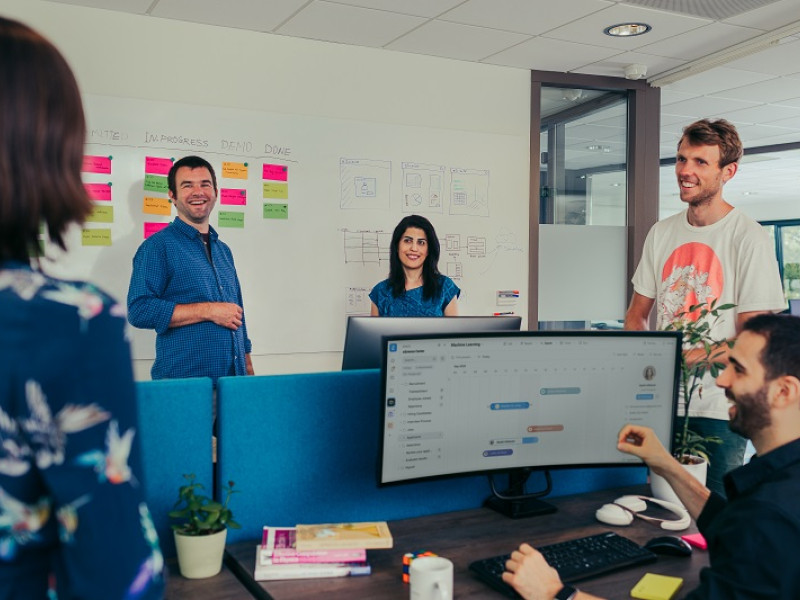Ten years of research software collaboration
Academic research in almost any discipline is impossible without software. But universities do not always have the expertise to develop this specific kind of research software. That is why NWO and SURF founded the Netherlands eScience Center ten years ago. Raúl Zurita Milla (University of Twente) pioneered with big data, thanks to the Center.
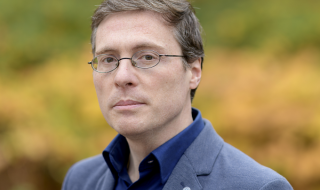
Raúl Zurita Milla
“As we are approaching fall, plants are losing their leaves. In spring, we will see them bloom. The science that studies these cyclical biological events is called phenology. The timing of these occurrences varies from place to place and from year to year, depending on the environmental conditions”, explains Raúl Zurita Milla, a professor of Spatio-temporal analytics at the University of Twente.
“We study changes in what we call the ‘green wave’: the transition from winter, when everything is dormant, to the arrival of spring, when everything comes back to life. We make maps that show this green wave moving from south to north. In the Netherlands, spring comes later than in southern Spain, where I am from, and it arrives even later in Norway.”
“We can forecast the risk of tick bites and pollen”
The green wave models are based on phenological observations from volunteers, Zurita Milla says. “You take your children to school, and you notice: hey, this tree didn’t have leaves last week and today it has. You can report this to a phenological network. These networks help to collect millions of observations.”
Disaster
Zurita Milla and his team combine this information with environmental data such as temperature and day length to map the arrival of spring. “Seeing how the green wave changes over time, gives us insight into the impact of climate change. It also has a practical agricultural application: farmers may need to plant at different times or use different varieties. And, as you can imagine, it would be a disaster if there was a temporal mismatch between blooming and pollinating insects, or between the arrival of spring and the timing of the last frost. There are health aspects too. Ticks also have phenology, and humans go into nature at certain times of the year. So phenological studies can help to forecast the chance of more bites. At the moment, we are also working on modelling pollen. So that patients with hay fever can take their medication on time or avoid high pollen areas.”
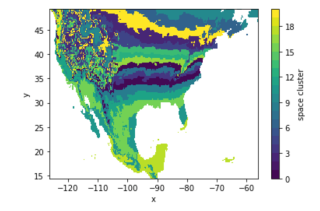
Example of aggregated (clustered) green wave over North America
Because he wanted to do large-scale phenological studies over Europe and the continental US, Zurita Milla approached the eScience Center a few years ago. “I had a lot of data. Our models were also relatively slow and we wanted to speed them up by running them on distributed systems.”
Learn from each other
The technology that the researcher works with has changed enormously over time. “When I was a student we had a desktop application, we were told what buttons to press, and all data was analysed locally. During my PhD, I moved into programming to automate data analysis. Now I need to switch to big data programming frameworks because the data simply don’t fit on my computer. Researchers should not download data anymore but move their code to the cloud, where all the data are available. Thanks to the collaboration with the eScience Center, I was a bit of a pioneer with this way of working at my faculty. Just before the COVID-19 pandemic, we started our own big data centre, because we realised that we had to invest in these technologies and tools.”
Ready-to-use tools for Earth Observation
For several years, Zurita Milla, the eScience Center and SURF worked in a so-called alliance project, that enabled them to learn from each other. “They wanted to know more about geospatial data, and we wanted to acquire knowledge about big data solutions. We discussed the algorithms in and out with the research software engineers at the eScience Center, and SURF provided the computing infrastructure.” With the insights from this project and similar ones, the eScience Center and SURF have now developed ready-to-use tools, infrastructure and storage for Earth Observation data. “This has lowered the entry barrier to big data for the geospatial community.”
Founded to make itself redundant
"A centre of excellence for research software as a national organisation is unique in the world. Others envy that," says Joris van Eijnatten, director of the Netherlands eScience Center since 2020. The Center employs scientists with digital expertise, who help researchers develop research software.
It started with about ten people, now there are a hundred. The organisation therefore recently moved to larger offices at the Amsterdam Science Park. With SURF, the Center mainly collaborates around the use of SURF's computing and data infrastructure. "In addition, we give joint training courses and exchange ideas around innovation and open science," says Van Eijnatten.
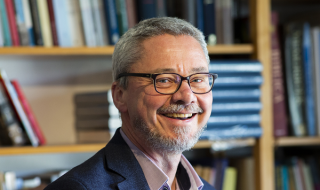
Joris van Eijnatten
"Besides the collaborative projects we do with research institutions, we want to expand our training programme in the coming years. Such as deep learning, parallel programming and online collaboration. So that this expertise also lands within institutions and among researchers." The eScience Center was intended as a temporary entity when it was set up. "We do not have a deadline, but it is conceivable that our mission will be accomplished at some point."
Investigating new technologies
In the early days, the type of researcher knocking on the Center's door was mainly from the STEM field. They were already convinced of the usefulness of digital research methods and could code themselves. "Nowadays, the emphasis is shifting towards the social sciences and humanities. That's a completely different target group. It means we have to work at different levels and make our language more accessible. We do offer a certain advanced level; we don't teach programming courses. But universities do that now."
"Research institutions are now investing more in digital know-how, for example by appointing data stewards. The next step is for them to start investing in research software engineers. It is a process; we are far from there. Young researchers have more digital skills, but computational training should really be part of every university study. At the same time, technology is constantly changing. Universities themselves cannot keep up with all that. We research new things, such as artificial intelligence, machine learning, quantum technology and digital twins. So for now, there is plenty for us to do."
More information about the eScience Center: www.esciencecenter.nl.
More collaborations between SURF and the Netherlands eScience Center:
New technology boosts legal research
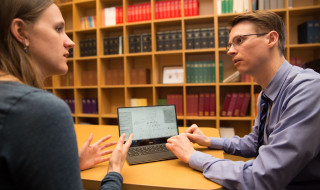
Professor of Private Law Gijs van Dijck developed a technology for extracting, processing and visualizing court decisions. This allows researchers to quickly analyse a large number of cases. He worked on this together with the Netherlands eScience Center and SURF. The technology and source code are available for the legal community.
Measuring changes in the universe in real time
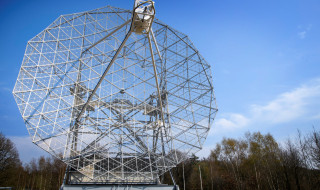
The LOFAR radio telescope makes it possible to measure changes in the universe quickly, but so far this is not possible in real time. As a result, we are missing a lot of information. In the PADRE project, we are changing this by speeding up the processing of signals with GPU cards.
Keeping up with the explosive growth of genetic data

Obtaining data is becoming increasingly cheaper, which means that datasets are growing explosively. To ensure that plant genome analyses remain possible even with large datasets, SURF is working with WUR and eScience Center on a scalable solution for the bioinformatics application PanTools.
How do deep neural networks reason?
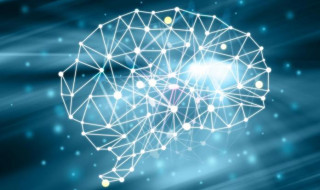
SURF and the Netherlands eScience Center join forces to develop DIANNA: a standardized open source system that will ‘explain’ how deep neural networks reason.
Googling the cancer genome
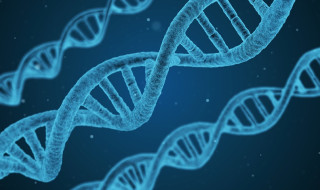
Thanks to new technologies, genome sequencing is now a standard part of cancer diagnostics. It enables treatment tailored to individual patients. Despite the massive production of genomic data, the systematic and comprehensive analysis of this data lags behind because of computational and algorithmic limitations. We are therefore working on new analytical and computational models.
Practical skills for researchers
SURF and the eScience Center regularly organise joint training courses, for example on basic programming skills combined with the use of SURF services.
Further reading
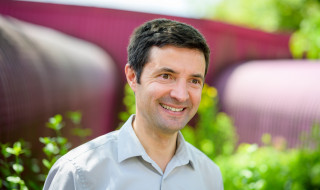
The SURF Story on Serkan Girgin of the Center of Expertise in Big Geodata Science at the University of Twente: Expanding horizons in Earth Observation
Text: Josje Spinhoven
